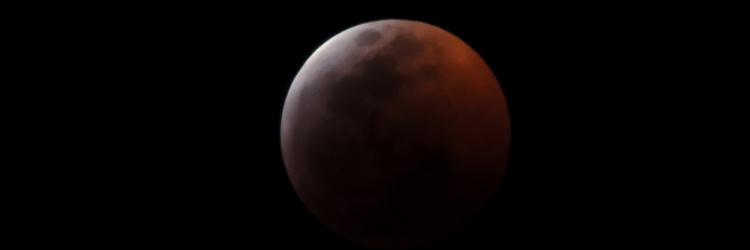A Mission to the Dark Side of the Moon
Scientists at the U.S. Department of Energy’s (DOE) Brookhaven National Laboratory are leading a new effort to land a radio telescope on the Moon. If successful, the project will mark the first step towards exploring the Dark Ages of the universe.
The Dark Ages are part of our early cosmological history, starting about 380,000 years after the Big Bang. There were no stars or planets then, and scientists have been unable to observe it through the Earth’s radio interference, despite radio waves from that time still being present.
Studying this Dark Age Signal could answer some of science’s biggest mysteries, like the nature of dark matter or the universe’s formation.
“Modeling the universe is easier before stars have formed. We can calculate almost everything exactly,” said Brookhaven physicist Anže Slosar. “So far, we can only make predictions about earlier stages of the universe using a benchmark called the cosmic microwave background. The Dark Ages Signal would provide a new benchmark. And if predictions based on each benchmark don’t match, that means we’ve discovered new physics.”
The Lunar Surface Electromagnetics Experiment-Night (LuSEE-Night) aims to access that signal for the first time. Developed in collaboration with NASA and the DOE, the project wants to perch a radio telescope on the dark side of the Moon. The benefit of the location is that the Moon itself would shield the telescope from radio waves from Earth, opening up observation possibilities.
Despite the Moon’s closeness to Earth, it is a more challenging environment than Mars due to the vacuum, the dark/light cycle, which causes massive temperature fluctuations, and space radiation. LuSEE-Night would need to dispel heat in that vacuum environment during the day, but keep itself from freezing at night, all while powering itself through 14 days of darkness until it reaches the 14 days of the light part of the cycle.
“LuSEE-Night is not a standard radio telescope,” said Slosar. “It’s more of a radio receiver. It will work like an FM radio, picking up radio signals in a similar frequency band.”
LuSee-Night has a dangerous road ahead of it and may not survive the lunar night. If it does, it proves the lunar far side is accessible and gives scientists a proof-of-concept for further research.

